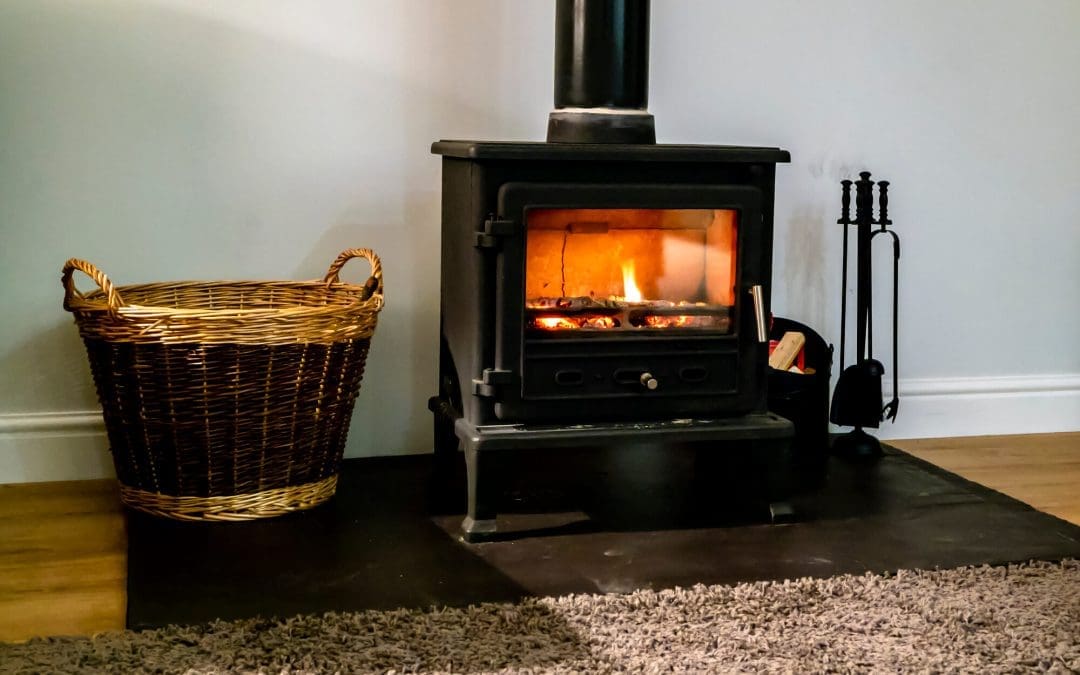Wood stoves have been a reliable source of heat for centuries, providing warmth and comfort to homes around the world. In addition to their practicality, wood stoves also add a rustic charm to any living space. However, using a wood stove efficiently requires a combination of proper technique and maintenance. In this article, we will explore some essential tips to help you get the most out of your wood stove while ensuring safety and environmental responsibility.
1. Choose the Right Wood When Using a Wood Stove
Selecting the right type of wood is crucial for efficient and clean burning. Hardwoods such as oak, maple, and hickory are dense and produce long-lasting, high-temperature fires. Avoid burning softwoods like pine, as they contain more resin, leading to increased creosote buildup in the chimney. Never burn treated lumber or lumber products like plywood in a wood stove.
2. Proper Firewood Preparation
To maximize efficiency, ensure your firewood is well-seasoned. Seasoned wood has a lower moisture content, which results in a cleaner burn and less creosote buildup. Store firewood in a dry place for at least six months before use. It’s essential to split the wood into smaller pieces to expedite the drying process.
3. Maintain Clean Chimneys
Regular chimney maintenance is crucial for both safety and efficiency. Creosote, a byproduct of wood burning, can accumulate in the chimney and pose a fire hazard. Schedule annual chimney inspections and cleanings to remove any creosote buildup. A clean chimney also promotes better airflow and combustion and lowers the risk of a house fire.
4. Use Airflow Controls Wisely While Using a Wood Stove
Wood stoves often come with adjustable air vents to control the combustion rate. During startup, open the vents fully to allow for proper ignition. Once the fire is established, reduce the airflow to maintain a steady, slower burn. Proper airflow control enhances efficiency and extends burn times which will reduce the amount of wood needed each winter. Keep the door closed on your wood stove whenever possible to keep the fire burning efficiently.
5. Invest in a Quality Wood Stove
Choosing a high-quality wood stove is an investment that pays off in efficiency and durability. Look for stoves with features like secondary combustion chambers, which burn off additional gases for a cleaner and more efficient fire. EPA-certified stoves are also recommended for their environmental friendliness.
6. Safety is Essential When Using a Wood Stove
Always follow proper safety guidelines when using fire to heat your home. Keep flammable materials away from the stove, keep the door closed and locked to contain sparks, and install a heat-resistant floor protector. Ensure you have a smoke and carbon monoxide detector in the vicinity to monitor indoor air quality.
7. Monitor Temperature and Draft
Preheat your stove pipe and chimney by lighting newspaper torches to create an upward draft. This gets smoke moving in the right direction. Don’t overload your wood stove because excessive heat can damage the stove and chimney. Adjust the airflow and fuel occasionally to keep your fire manageable and safe.
By following these tips, you can make the most of your wood stove while ensuring safety and environmental responsibility. A well-maintained and efficiently operated wood stove not only provides warmth but also contributes to a cozy and inviting atmosphere in your home.
Appalachian Inspection Services provides comprehensive home inspection services to homebuyers and sellers in Asheville, NC, and the surrounding areas. Contact us to schedule an appointment.

